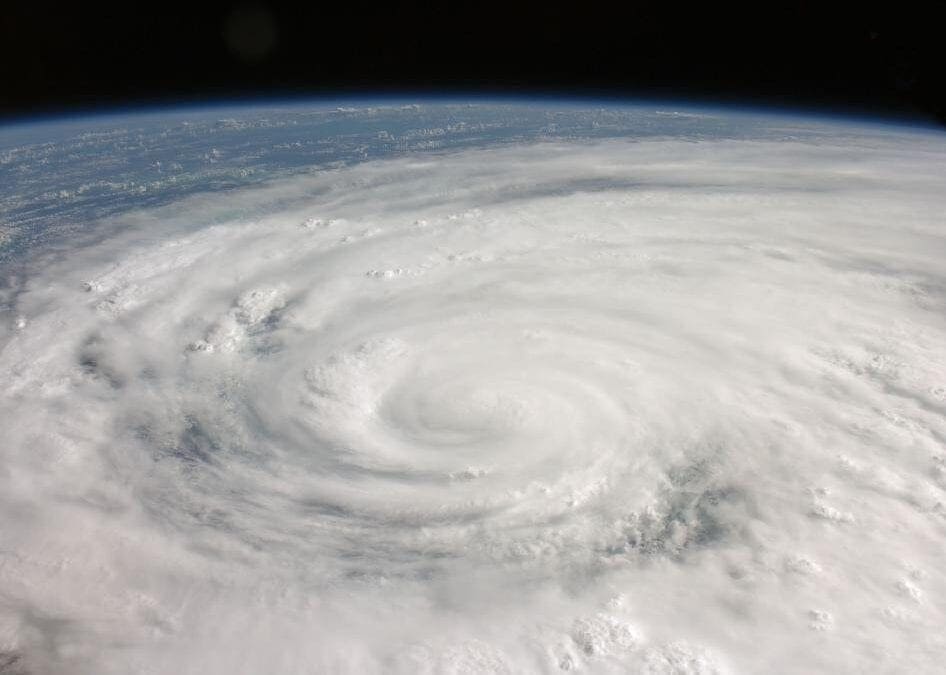 It’s been seven years since Hurricane Katrina changed the lives of Gulf Coast residents on August 29, 2005. The aftermath of Katrina left thousands homeless. But, it also created chaos among businesses located in the areas affected by the storm. Now, here we are, years later, and many businesses are still struggling to get back on track. Those who’ve been able to flourish again are still concerned with the most important lesson learned from Hurricane Katrina: Business continuity planning helps companies get back to work quickly after a natural disaster.
It’s been seven years since Hurricane Katrina changed the lives of Gulf Coast residents on August 29, 2005. The aftermath of Katrina left thousands homeless. But, it also created chaos among businesses located in the areas affected by the storm. Now, here we are, years later, and many businesses are still struggling to get back on track. Those who’ve been able to flourish again are still concerned with the most important lesson learned from Hurricane Katrina: Business continuity planning helps companies get back to work quickly after a natural disaster.
Planning for The Worst
Business continuity planning can help your organization thrive again, quickly, after a major catastrophe. After watching so many enterprises struggle after the wake of Hurricane Katrina, it’s important that you take a proactive approach to business continuity. Once the tragedy occurs, it may be too late to restore systems and access backup information properly. Here are some of the benefits of having a proactive recovery and continuity plan in the case of a major outage:
- Workforce Retention
- Employee Communication
- Customer Communication
- Supplier/Vendor Communication
- Quick Emergency Data Recovery
- Long-Term Data Recovery
What Katrina Taught Financial Institutions About Business Continuity
After the Katrina disaster, financial institutions immediately began taking action. Once they were able to get their systems back online, it was time to challenge themselves to come up with better plans for disaster recovery. Here are some of the major business continuity challenges financial institutions found themselves facing:
- The communications outages in local areas made it almost impossible to find missing personnel.
- Power outages left computer systems inoperable, so there was no access to data.
- Multiple locations were damaged or completely destroyed.
- Flood waters kept many ATMs and branch location underwater for long periods of time.
- Mail service was unreliable in some areas for months.
Many financial institutions had disaster recovery plans. But, no one had predicted the magnitude the hurricane would have on the business communities. More importantly, no one planned for the levees to break, causing the disaster recovery process to take even longer. The unprecedented event known as Hurricane Katrina caused many financial institutions and other business enterprises to adjust their plans to ensure that the recovery process goes much smoother in the event of a future disaster.
Where Should Your Data Backup be Located?
Every business owner, even those who thought they had a good business recovery plan, learned a valuable lesson after Hurricane Katrina: The location of the site dedicated to data backup is very critical to quick, efficient and successful recovery.
If your backup site is located in the same location as the disaster, you may be in a world of trouble when the recovery process begins. Businesses with back-up sites that were sufficiently far away from their primary location reported that this decision allowed their systems to be restored much faster than their competition’s. This was great news for the customers and clients of these businesses.
Business Continuity Assessment
Contingency plans are all about getting your organization back operational in the event of an unexpected tragedy. It’s very important that your company’s essential functions continue during these times. Business continuity plans help businesses continue to operate even after telecommunications and power outages. Your IT Disaster Recovery plan should include more than just getting your computers back online. There’s so much more involved. Contact NCX Group for a complete Business Continuity Assessment to ensure that your disaster recovery strategy is efficient 24/7.


